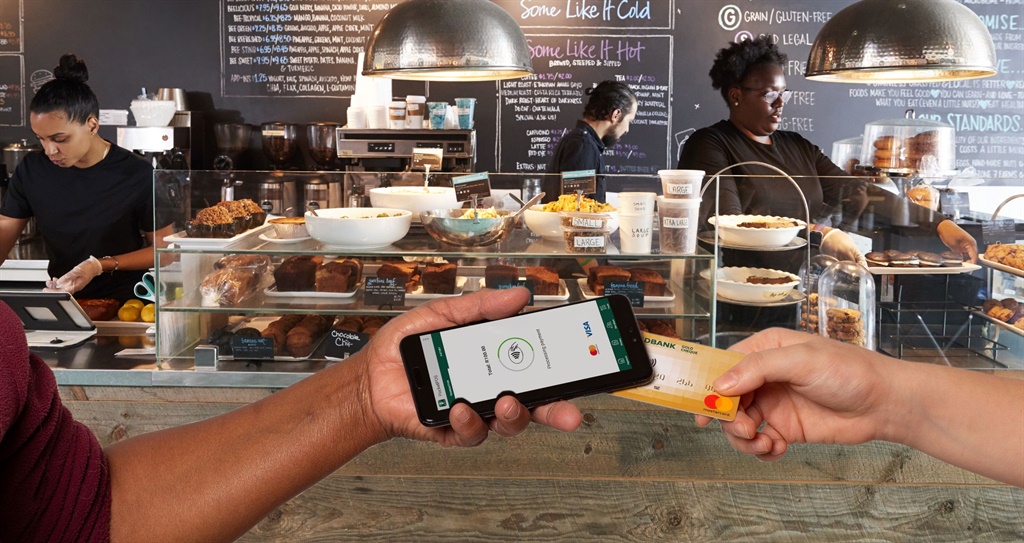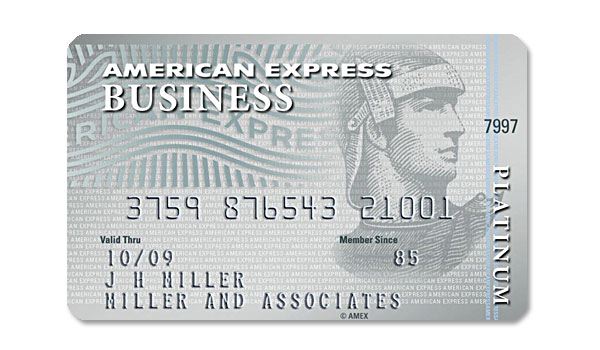
Usually this is done for the purpose of verifying that the account is valid and good for the amount of the sale, or it can happen at a restaurant where they put your receipt balance through when they first get your card, and then a final transaction that includes any tip or disputed change in the charges). It’s better to discover unauthorized transactions sooner than waiting for the statement to come each month.īe aware that most credit card accounts have recent transactions in two categories, and you should check both of them: 1) cleared (meaning they have paid the merchant) and 2) pending (meaning a transaction has been created by the merchant but not yet finalized or paid by the company. You might be well-advised to do this from time to time anyway. One other action to take: if the “fake” email shows any indication of being associated with a real bank or credit card company that you use yourself, log onto the bank/card company directly using your web browser and check your transaction history. Just delete it and go on your merry way, knowing your vigilance has foiled that dasterdly hacker! The moral of this story: If you see a receipt for a bogus transaction, odds are very, very good it’s a phishing or virus scam or similar.
#Endicia charge on card Pc
Let’s download it to find out! Get the ZIP archive, unpack it and here’s what you find inside:įortunately I’m on a Mac system so “.exe” doesn’t instantly fill me with fear, but if you’re on a PC and unthinkingly open this executable, I can guarantee that it’s going to be bad and you’re going to really regret doing so.

No real merchant is going to have a receipt up on, and why the “.zip”?

If I move my cursor over the link, Apple Mail shows me the destination URL: I mean, it looks pretty legit, right? Well, except for the “3672 USD” rather than something like “$3672.00 USD”, but if you’re reading it quickly, well, yeesh, this looks legit, who wouldn’t want to get the receipt to see what’s going on? In fact, if your email system is any good, it should already have been identified as spam. This time it’s more mundane and a lot easier for the bad guy: the message you’ve received is simply a virus waiting to infect you.

Who then logs in to the real site as you, changes your password, and exploits their newly acquired access for all sorts of nefarious purposes.
#Endicia charge on card password
Usually, email messages about non-existent purchases or transactions are what’s known as phishing scams, where they link to a banking site or legitimate merchant like, but secretly takes you to a fake page that looks legit and prompts you to enter your account credentials - you know, login + password - but instead of logging you in to the site you think you’re at, instead sends that login information to the bad guy.


 0 kommentar(er)
0 kommentar(er)
